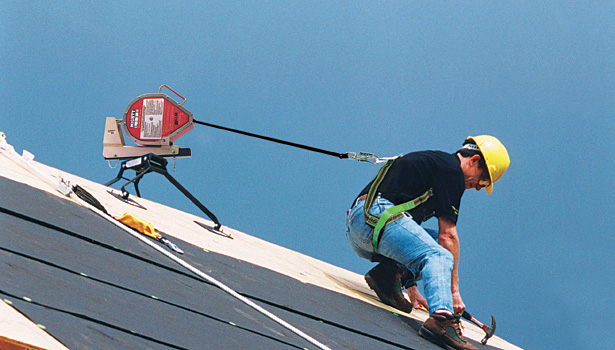Inadequate fall protection is one of the most common causes of serious work-related injuries and death. It is the employer’s responsibility to prevent employees from falling off of elevated work stations, overhead platforms, or into holes in the floor and walls.

OSHA requires that fall protection must be set up and available for the following work elevations:
In addition, OSHA requires fall protection regardless of the elevation when working over hazardous or dangerous equipment and machinery.

Most people understand the danger of working from great heights, but at lower heights people often underestimate the risks. Every year hundreds of preventable injuries occur from falling accidents. Safety should be the priority of every business and there are numerous ways to keep workers safe when working off of the ground.
Fall protection citations are one of OSHA’s most common concerns. Make sure you aren’t cited by having the proper fall protection.
There are a variety of fall protection products, including:

1 –The anchor is usually referred to as the tie-off point. An example of an anchorage would be an I-beam or an engineered fall protection system like a Tether Track System.
2-The anchor connector is used to pair the connecting device to the anchor.
3-The connector or connecting device is the link that joins the body wear to the anchor connector. Examples are a retractable lifeline or a shock-absorbing lanyard (shown above).
4–The body wear is the protective equipment worn by the worker also known as a fall protection harness. A harness distributes fall forces over the upper and lower body.